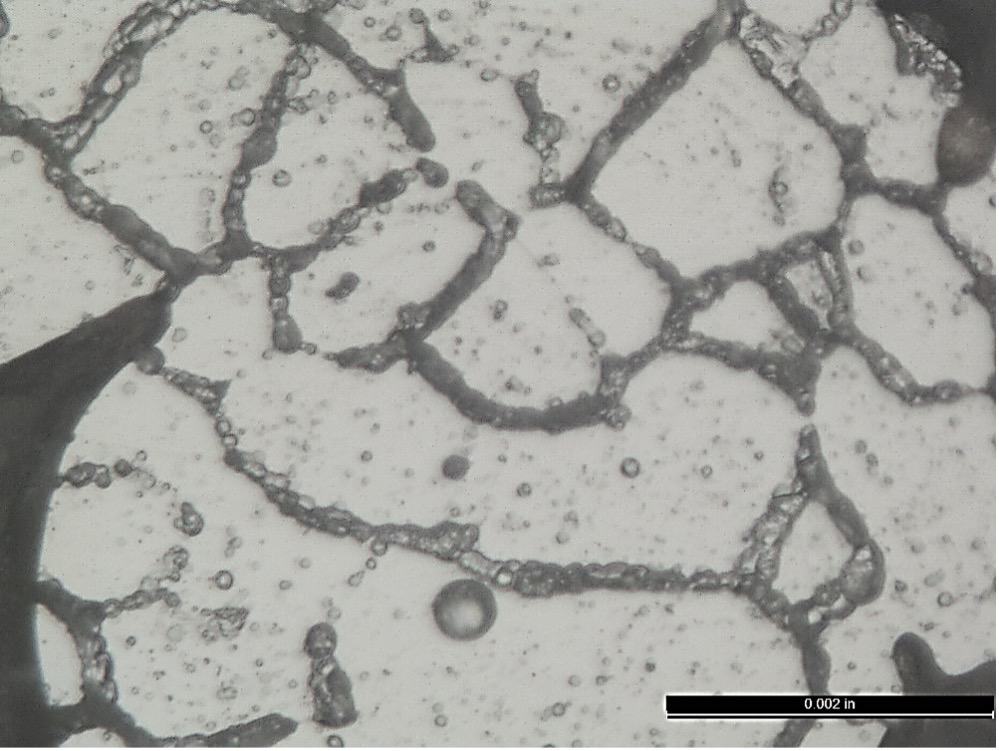Our experts provide a range of corrosion testing services for chemicals used in fire prevention service by NFPA and USFS. These include uniform and intergranular corrosion for the Forest Service per the USDA FS Specification 5100-304d requirements as well as the National Fire Prevention Associations (NFPA) guidelines NFPA 18, NFPA 18A, and NFPA 1150. We keep the relevant corrosion testing coupons available and offer a range of related services.

What is the Forest Service Testing Requirement for Uniform Corrosion?
The USDA Forest Service requirements are outlined in FS 5100-304d, which describes a wide range of testing requirements. Our specific focus in on the uniform and intergranular corrosion aspects of the specification. These tests are critical to confirming that the chemicals will not cause excessive corrosion of planes, helicopters, and other equipment used in fighting fires.
The requirements include specific allowable levels and types of corrosion that may be caused by exposure to these chemicals. Steel, brass, magnesium, and aluminum are commonly tested along with a variety of common polymeric materials.
What Corrosion Testing is Required for NFPA?
We offer the required corrosion tests for NFPA 18, NFPA 18A, and NFPA 1150. Each of these is similar in scope to the USFS testing. NFPA 18 is commonly used for wetting agents that are used in fire control and extinguishing fires. NFPA 18a is for the water additives used in Type A and B systems for control, vapor mitigation, and suppression of fires. And NFPA 1150 is specifically for foam chemicals to be used in Class A fires. Our lab is ready to help you qualify materials for all of these applications, and we offer many related tests such as foam expansion, stability, miscibility, and more.
What Testing is Required by the US Forest Service for Uniform Corrosion and NFPA?
First, the 4″ x 1″ samples of different alloys are tested for uniform corrosion for 90 days. the corrosion rate is calculated after cleaning, and they must be below specified levels. Subsequently, at least one sample of each aluminum and magnesium alloy is sectioned in the longitudinal and transverse direction. Then the specimens are mounted, polished, and evaluated by our expert metallurgists. We determine whether intergranular corrosion is present and to what degree if it is. Then a thorough report is compiled for your records and for NFPA or USFS requirements.